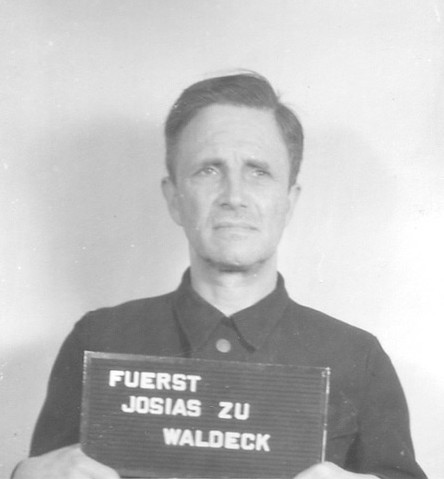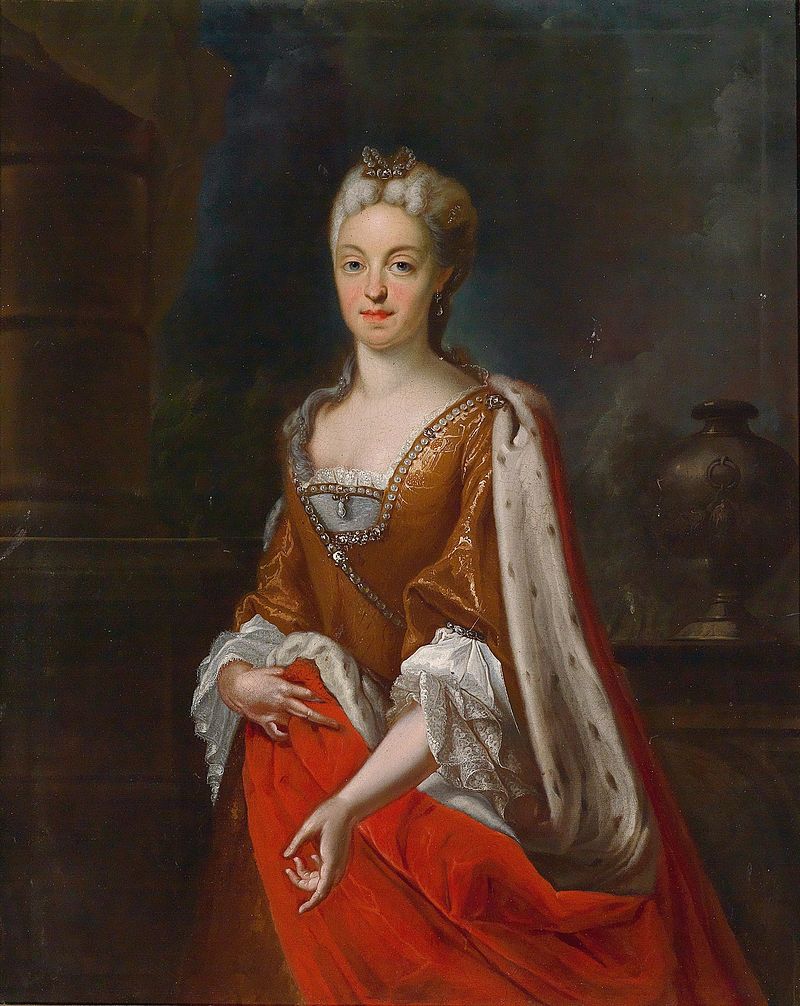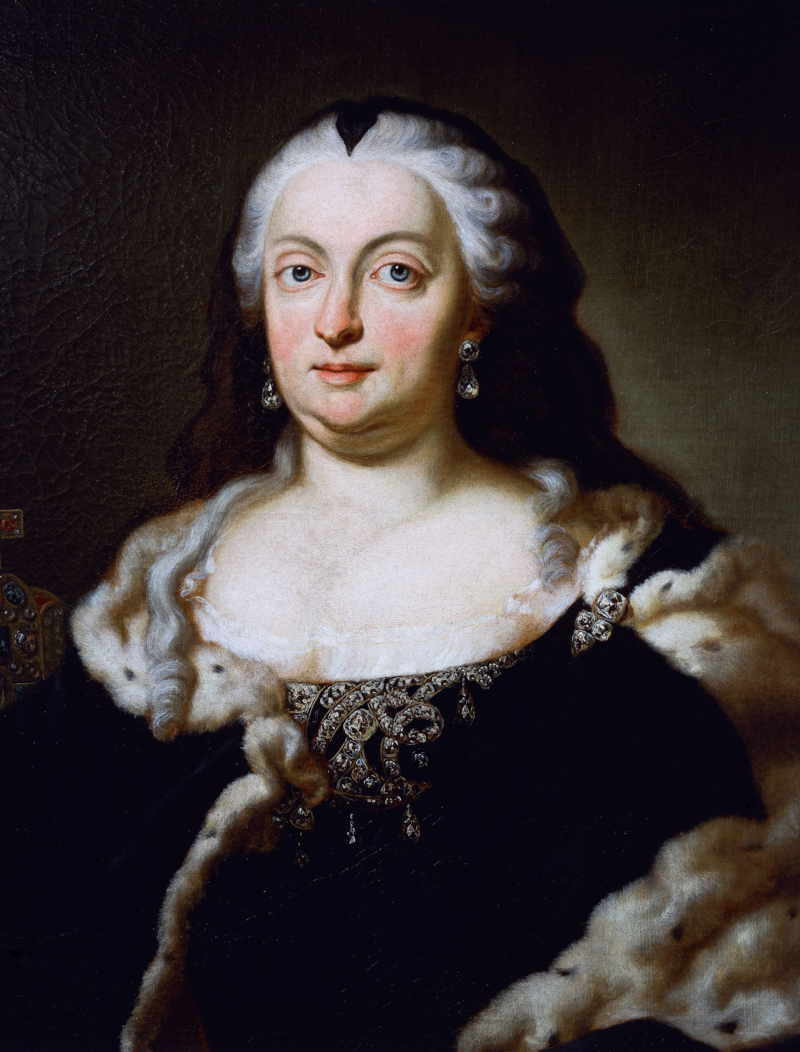by Susan Flantzer
© Unofficial Royalty 2023
Principality of Schwarzburg-Rudolstadt and the Principality of Schwarzburg-Sondershausen: The County of Schwarzburg was a state of the Holy Roman Empire from 1195 to 1595, when it was partitioned into Schwarzburg-Rudolstadt and Schwarzburg-Sondershausen. The new counties remained in the Holy Roman Empire until its dissolution. In 1697, the County of Schwarzburg-Sondershausen was elevated to the Principality of Schwarzburg-Sondershausen. The County of Schwarzburg-Rudolstadt was elevated to the Principality of Schwarzburg-Rudolstadt in 1710.
The death of Karl Günther, Prince of Schwarzburg-Sondershausen without an heir in 1909 caused the Principalities of Schwarzburg-Rudolstadt and Schwarzburg-Sondershausen to be united under Günther Victor, Prince of Schwarzburg-Rudolstadt in a personal union. Following his succession in Sondershausen, Prince Günther Victor dropped the name Rudolstadt from his title and assumed the title Prince of Schwarzburg.
At the end of World War I, Prince Günther Victor was the last German prince to renounce his throne, abdicating on November 22, 1918. He made an agreement with the government that awarded him an annual pension and the right to use several of the family residences. The territory that encompassed the Principalities of Schwarzburg-Rudolstadt and Schwarzburg-Sondershausen is now located in the German state of Thuringia.
**********************
Bernardina Christina of Saxe-Weimar-Eisenach, Princess of Schwarzburg-Rudolstadt; Credit – Wikipedia
Bernardina Christina of Saxe-Weimar-Eisenach was the wife of Johann Friedrich, Prince of Schwarzburg-Rudolstadt who reigned 1744 – 1767. Born on May 5, 1724, in Weimar, then in the Duchy of Saxe-Weimar-Eisenach, now in the German state of Thuringia, Bernardina Christina was the seventh of the eight children and the youngest of the four daughters of Ernst August I, Duke of Saxe-Weimar-Eisenach and his first wife Eleonore Wilhelmine of Anhalt-Köthen. Bernardian Christina’s paternal grandparents were Johann Ernst III, Duke of Saxe-Weimar and his first wife Sophie Auguste of Anhalt-Zerbst. Her maternal grandparents were Prince Emmanuel Lebrecht of Anhalt-Köthen and Gisela Agnes of Rath, Countess of Nienburg.
Bernardina Christina had seven siblings but only Bernardina and two sisters survived childhood:
- Wilhelm Ernst, Hereditary Prince of Saxe-Weimar-Eisenach (1717 – 1719), died in early childhood
- Princess Wilhelmine of Saxe-Weimar-Eisenach (1717 – 1752), twin of Wilhelm Ernst, unmarried
- Johann Wilhelm, Hereditary Prince of Saxe-Weimar-Eisenach (1719 – 1732), died in his teens
- Princess Charlotte of Saxe-Weimar-Eisenach (1720 – 1724), died in childhood
- Princess Johanna of Saxe-Weimar-Eisenach (1721 – 1722), died in infancy
- Princess Ernestine Albertine of Saxe-Weimar-Eisenach (1722 – 1769), married (first wife) Philipp, Count of Lippe-Alverdissen, had four children
- Prince Emmanuel Frederick of Saxe-Weimar-Eisenach (1725 – 1729), died in childhood
In 1726, when Bernardina Christina was only two years old, her 30-year-old mother died. Bernardina Christina’s father was deeply affected by his wife’s death. Ernst August I, Duke of Saxe-Weimar-Eisenach decided to not marry again, choosing to live quietly with his mistresses. However, in 1732, Ernst August’s only surviving son Johann Wilhelm, Hereditary Prince of Saxe-Weimar-Eisenach died and it became necessary for Ernst August to marry again to provide an heir to his throne.
On April 7, 1734, 10-year-old Bernardina Christina got a stepmother when her father married Sophie Charlotte of Brandenburg-Bayreuth. Bernardina Christina had four half-siblings from her father’s second marriage:
- Karl August, Hereditary Prince of Saxe-Weimar-Eisenach (1735 – 1736), died in infancy
- Ernst August II Konstantin, Duke of Saxe-Weimar-Eisenach (1737 – 1758), married Anna Amalia of Brunswick-Wolfenbüttel, had two sons including Karl August who became Duke of Saxe-Weimar-Eisenach when he was nine months old and was the first Grand Duke of Saxe-Weimar-Eisenach
- Princess Ernestine Auguste of Saxe-Weimar-Eisenach (1740 – 1786), married Ernst Friedrich III Karl, Duke of Saxe-Hildburghausen, had three children
- Prince Ernst Adolf (1741 – 1742), died in infancy

Bernardina Christina’s husband Johann Friedrich, Prince of Schwarzburg-Rudolstadt; Credit – Wikipedia
On November 19, 1744, in Eisenach, then in the Duchy of Saxe-Weimar-Eisenach, now in the German state of Thuringia, 20-year-old Bernardina Christina married 23-year-old Johann Friedrich, who had become the reigning Prince of Schwarzburg-Rudolstadt just two months earlier.
Bernadina Christina and Johann Friedrich had six children but only two daughters survived childhood:
- Princess Friederike of Schwarzburg-Rudolstadt (1745 – 1778), married her first cousin once removed Friedrick Karl, Prince of Schwarzburg-Rudolstadt, had six children including Ludwig Friedrich II, Prince of Schwarzburg-Rudolstadt
- Daughter (born and died 1746)
- Son (born and died 1747)
- Princess Sophie Ernestine of Schwarzburg-Rudolstadt (1749 – 1754), died in childhood
- Princess Wilhelmina of Schwarzburg-Rudolstadt (1751 – 1780) married Ludwig I, Prince of Nassau-Saarbrücken, had one son
- Princess Henrietta Charlotte of Schwarzburg-Rudolstadt (1752 – 1756), died in childhood
Bernadina Christina was active in charitable causes. In 1756, she founded the Bernardina Abbey for noblewomen in Rudolstadt. However, she did not live to see the inauguration of the abbey in 1757. On June 5, 1757, aged 33, Bernadina Christina died in Rudolstadt, then in the Principality of Schwarzburg-Rudolstadt, now in the German state of Thuringia. She was buried at the Schlosskirche Schwarzburg (link in German), the castle church at Schwarzburg Castle (link in German) in Schwarzburg, now in the German state of Thuringia.

Stadtkirche St. Andreas where Bernadina Christina and her husband are buried; Credit – Von Michael Sander – Selbst fotografiert, CC BY-SA 3.0, https://commons.wikimedia.org/w/index.php?curid=543007
Bernadina Christina was deeply mourned by her husband Johann Friedrich, Prince of Schwarzburg-Rudolstadt, who never remarried. Johann Friedrich survived his wife by ten years, dying at the age of 46 on July 10, 1767, in Rudolstadt, Principality of Schwarzburg-Rudolstadt, now in Thuringia, Germany. He was buried with his wife at the Schlosskirche Schwarzburg. In the early 1940s, the remains of Johann Friedrich and Bernardina Christina were transferred to the Stadtkirche St. Andreas (link in German) in Rudolstadt before the demolition of the Schlosskirche Schwarzburg.
This article is the intellectual property of Unofficial Royalty and is NOT TO BE COPIED, EDITED, OR POSTED IN ANY FORM ON ANOTHER WEBSITE under any circumstances. It is permissible to use a link that directs to Unofficial Royalty.
Works Cited
- De.wikipedia.org. 2023. Johann Friedrich (Schwarzburg-Rudolstadt). [online] Available at: <https://de.wikipedia.org/wiki/Johann_Friedrich_(Schwarzburg-Rudolstadt)> [Accessed 13 October 2023].
- En.wikipedia.org. 2023. Ernest Augustus I, Duke of Saxe-Weimar-Eisenach. [online] Available at: <https://en.wikipedia.org/wiki/Ernest_Augustus_I,_Duke_of_Saxe-Weimar-Eisenach> [Accessed 13 October 2023].
- En.wikipedia.org. 2023. John Frederick, Prince Of Schwarzburg-Rudolstadt. [online] Available at: <https://en.wikipedia.org/wiki/John_Frederick,_Prince_of_Schwarzburg-Rudolstadt> [Accessed 13 October 2023].
- En.wikipedia.org. 2023. Princess Bernardina Christina Sophia Of Saxe-Weimar-Eisenach. [online] Available at: <https://en.wikipedia.org/wiki/Princess_Bernardina_Christina_Sophia_of_Saxe-Weimar-Eisenach> [Accessed 13 October 2023].
- Flantzer, Susan,2020. Johann Friedrich, Prince of Schwarzburg-Rudolstadt. [online] Unofficial Royalty. Available at: https://www.unofficialroyalty.com/johann-friedrich-prince-of-schwarzburg-rudolstadt/ [Accessed 13 October 2023].
- Flantzer, Susan, 2020. Royal Burial Sites Of The Principality Of Schwarzburg-Rudolstadt. [online] Unofficial Royalty. Available at: <https://www.unofficialroyalty.com/royal-burial-sites/royal-burial-sites-of-the-principality-of-schwarzburg-rudolstadt/> [Accessed 13 October 2023].




































